In today’s competitive digital landscape, product-led SEO is transforming how businesses achieve sustainable growth. By focusing on user-focused SEO, companies can design products that naturally attract organic traffic and align with search intent. This approach, often called product-driven SEO success, integrates SEO principles into product development to drive SEO-driven growth. In this article, we’ll explore what product-led SEO entails, showcase real-world examples, and share actionable strategies to implement it. For expert guidance on optimizing your digital presence, visit Webie’s SEO services.
What Is Product-Led SEO?
Product-led SEO is a strategy where SEO is embedded into the product itself, ensuring it meets user needs while ranking well on search engines. Unlike traditional SEO, which relies heavily on content optimization, product-led SEO prioritizes creating products that solve user problems, driving organic traffic strategies. For instance, a product designed with user-focused SEO in mind naturally attracts clicks and engagement, reducing reliance on external marketing. This approach not only boosts visibility but also fosters SEO-driven growth by aligning with search engine algorithms.
Why Product-Led SEO Drives Business Success
The rise of product-led SEO reflects a shift toward value-driven digital strategies. By building products that address user intent, businesses can achieve long-term growth with less dependence on paid advertising. Here’s why product-led SEO is critical:
- Enhanced User Experience: Products tailored to user queries improve metrics like time on site and bounce rate.
- Sustainable Traffic: Organic traffic strategies embedded in the product generate consistent, scalable results.
- Cost-Effective Growth: Product-driven SEO success reduces the need for ongoing ad spend, maximizing ROI.
For businesses aiming to replicate this approach, creating a strategic plan is key. Learn how with BozzaBench’s SEO Roadmap Guide.
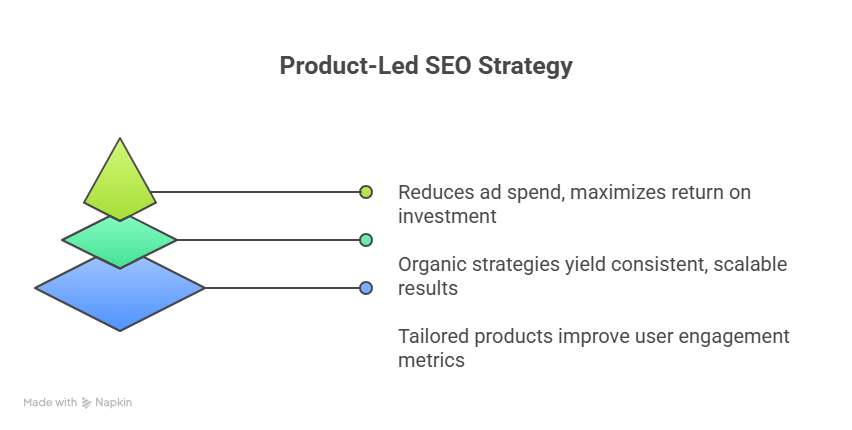
Real-World Examples of Product-Led SEO
Canva: Simplifying Design for All
Canva exemplifies product-led SEO by offering a user-friendly design platform that ranks for thousands of keywords like “create a logo” or “design a flyer.” Its free templates and intuitive interface address user needs directly, driving organic traffic strategies. By aligning product features with search intent, Canva achieves user-focused SEO, making it a leader in product-driven SEO success.
Notion: A Productivity Powerhouse
Notion’s all-in-one workspace is another standout example. By providing customizable templates for tasks like project management and note-taking, Notion targets users searching for productivity solutions. Its product design aligns with SEO-driven growth, attracting organic traffic through features that solve real-world problems. This approach has cemented Notion’s place as a go-to tool for professionals.
Zapier: Automating Workflows Seamlessly
Zapier’s automation platform connects apps to streamline workflows, targeting queries like “automate tasks between apps.” By offering a product that directly addresses user pain points, Zapier drives organic traffic strategies and embodies user-focused SEO. Its success highlights how product-driven SEO success can scale businesses efficiently.
How to Implement Product-Led SEO
Businesses looking to adopt product-led SEO can follow these actionable steps:
- Understand User Intent: Research keywords and queries your audience uses to identify their needs.
- Design for Search: Build product features that naturally align with high-intent keywords.
- Optimize User Experience: Ensure your product is intuitive, fast, and mobile-friendly to boost engagement.
- Track Performance: Use analytics to monitor organic traffic and refine your strategy for SEO-driven growth.
For more insights on digital strategies, tune into BozzaBench’s podcasts, where experts share tips on scaling your business.
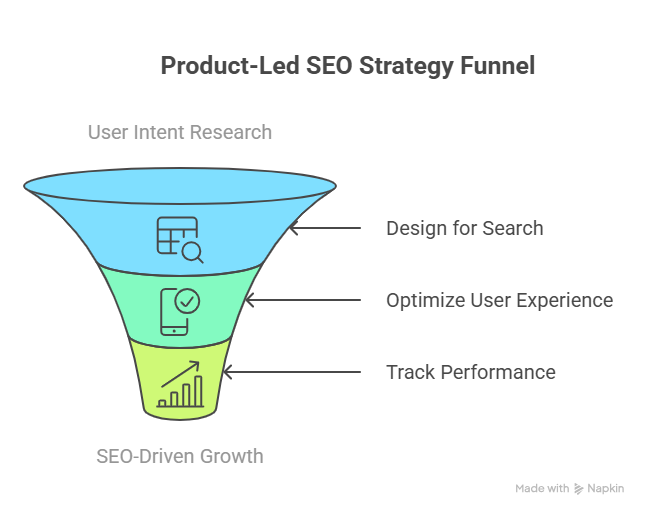
Benefits of Product-Led SEO for Long-Term Growth
Adopting product-led SEO offers several advantages for businesses aiming to stay competitive:
- Higher Rankings: Products that solve user problems naturally earn backlinks and improve search rankings.
- Increased Engagement: User-focused SEO leads to longer sessions and lower bounce rates, signaling quality to search engines.
- Brand Loyalty: A product that delivers value fosters trust, encouraging repeat usage and referrals.
By prioritizing organic traffic strategies, businesses can achieve sustainable growth without relying solely on paid channels. This approach mirrors the success of companies like Canva and Notion, which have mastered product-driven SEO success.
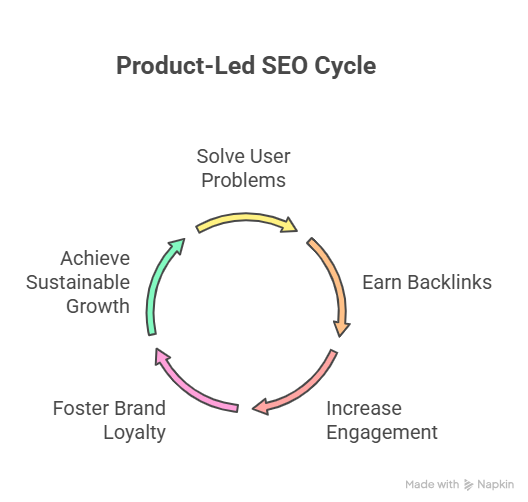
Getting Started with Product-Led SEO
To implement product-led SEO, start by analyzing your audience’s needs and aligning your product with their search behavior. Tools like keyword research platforms and user feedback surveys can guide your strategy. Additionally, partnering with experts like Webie can help you craft a tailored SEO plan that drives results.
For inspiration, explore BozzaBench’s podcasts for practical tips from industry leaders. You can also dive into our SEO roadmap guide to learn how to structure your strategy for maximum impact.
Conclusion
Product-led SEO is a game-changer for businesses seeking SEO-driven growth. By focusing on user-focused SEO and organic traffic strategies, companies like Canva, Notion, and Zapier have achieved product-driven SEO success. With the right approach, any business can design products that rank well and deliver value. Start by understanding your audience, optimizing your product, and leveraging expert resources like Webie to stay ahead. For more actionable insights, visit BozzaBench and explore our SEO roadmap guide.
















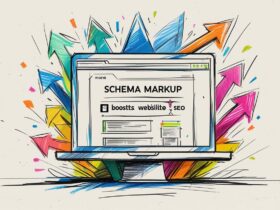
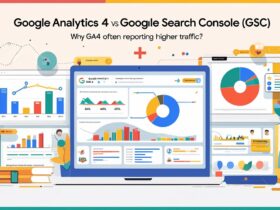








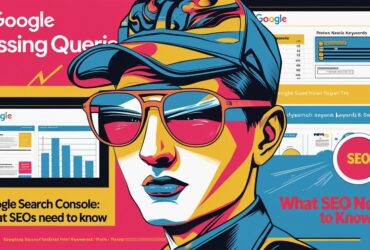
Leave a Reply